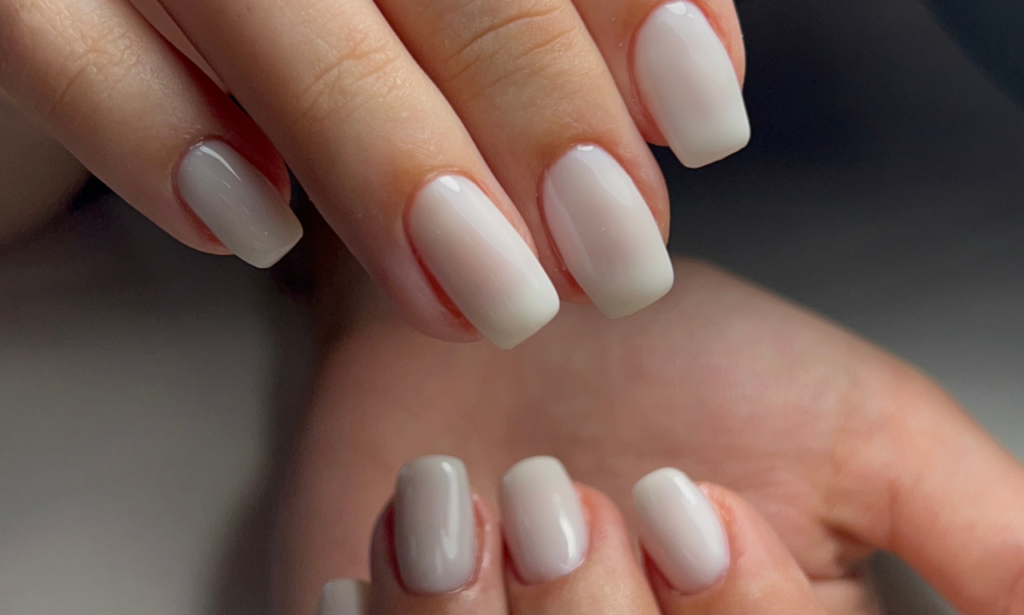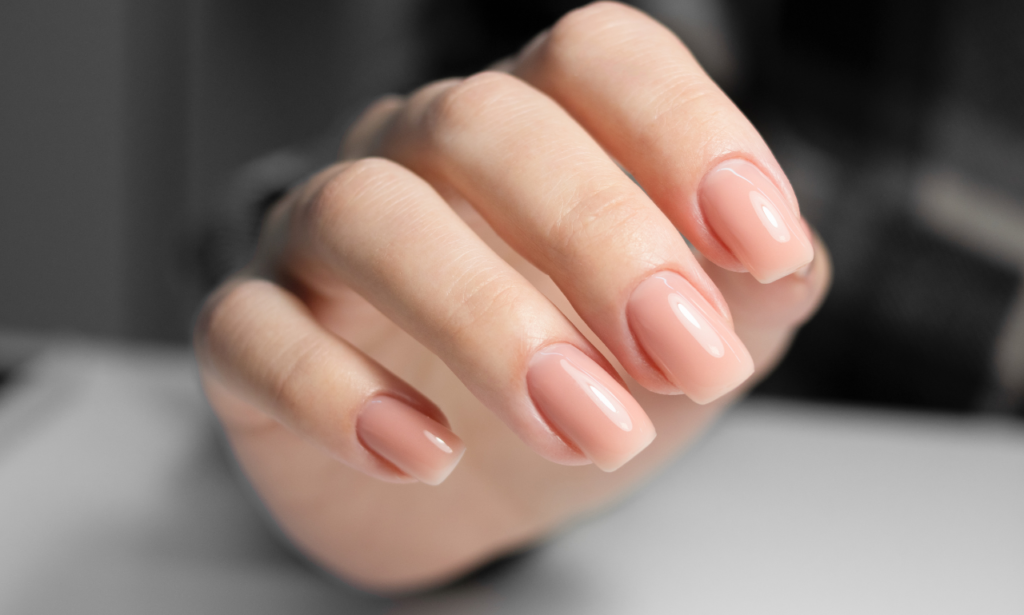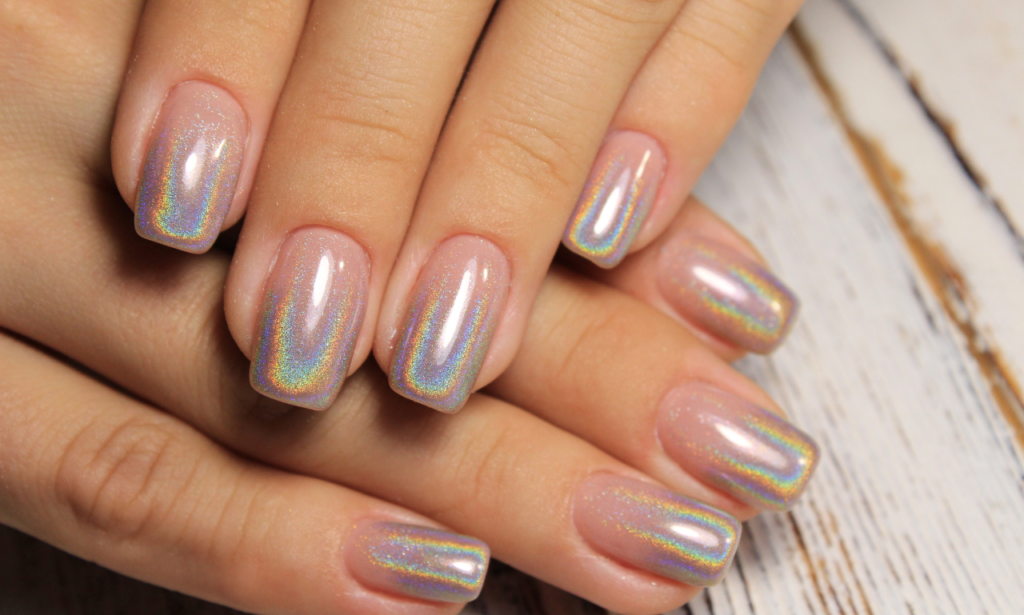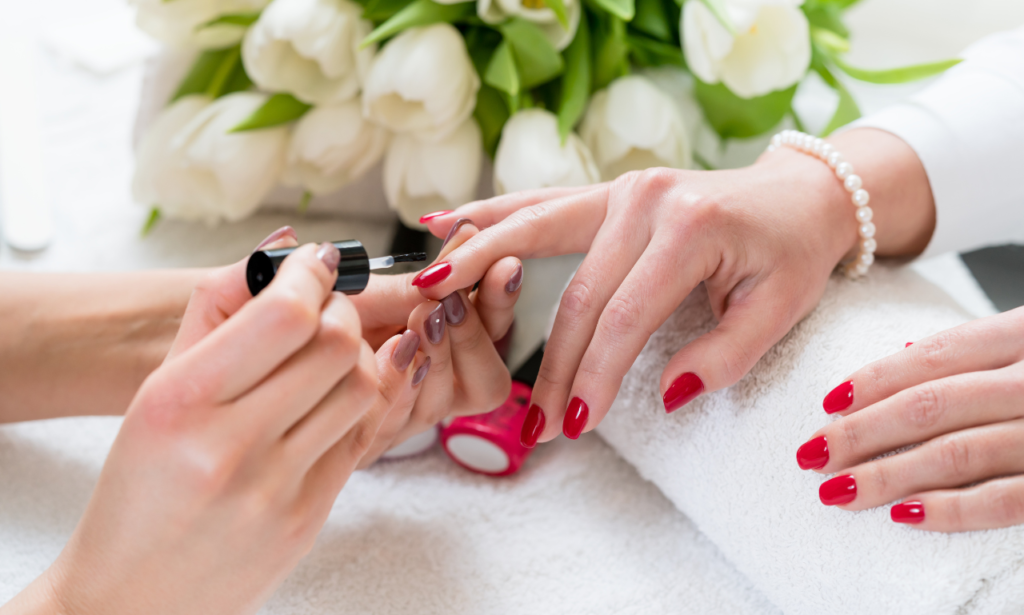Nail care is often overlooked in many people’s beauty routines, but it’s a crucial aspect of personal hygiene and self-care. Neglecting your nails can lead to various issues, including brittle nails, fungal infections, and discomfort. Establishing a consistent nail care routine not only enhances the appearance of your hands and feet but also promotes overall nail health. In this guide, we’ll explore the steps to create a comprehensive nail care routine that suits your needs and lifestyle.
Understanding the Importance of a Nail Care Routine

Before diving into the specifics of a nail care routine, it’s essential to understand why it matters. Your nails serve more than just a cosmetic purpose; they protect the sensitive tips of your fingers and toes and can indicate underlying health issues. By maintaining healthy nails, you can prevent infections, promote blood circulation, and boost your confidence in your appearance.
- Protects against infections and promotes blood circulation
- Enhances the appearance of hands and feet
- Boosts confidence in personal appearance
Assessing Your Nail Health
Start by assessing the current condition of your nails. Look for any signs of damage, discoloration, or irregularities. Common nail problems include brittleness, yellowing, ridges, and peeling. Understanding your nail health will help you tailor your care routine to address specific issues effectively.
- Look for signs of damage, discoloration, or irregularities
- Common problems include brittleness, yellowing, ridges, and peeling
Creating a Personalized Nail Care Routine

Every individual’s nails are different, so it’s essential to customize your routine to suit your needs. Begin by gathering the necessary tools and products, including nail clippers, files, cuticle oil, moisturizer, and nail polish (if desired). Consider your lifestyle and preferences when scheduling your nail care routine, whether it’s weekly or bi-weekly.
- Gather necessary tools and products
- Consider lifestyle and preferences when scheduling routine
Steps to a Comprehensive Nail Care Routine
A comprehensive nail care routine consists of several key steps:
1. Nail Cleaning
Regularly clean your nails with soap and water to remove dirt, bacteria, and debris. Use a soft brush to gently scrub under the nails and around the cuticles.
- Use soap and water to remove dirt and bacteria
- Gently scrub under nails and around cuticles
2. Moisturizing and Hydration
Keep your nails hydrated by applying a moisturizing hand cream or oil. Pay special attention to the cuticles, as they can become dry and prone to cracking.
- Apply moisturizing hand cream or oil
- Pay attention to cuticles to prevent dryness
3. Nail Trimming and Shaping
Trim your nails regularly to maintain a neat and tidy appearance. Use sharp, clean nail clippers to avoid splitting or damaging the nails. File the edges to smooth out any roughness.
- Trim nails regularly with clean, sharp clippers
- File edges to smooth roughness
Also Read: Mastering Nail Trimming Techniques: Essential Tips for Healthy Nails
4. Cuticle Care
Gently push back the cuticles using a cuticle pusher or orangewood stick. Avoid cutting the cuticles, as this can lead to infections and inflammation.
- Push back cuticles gently, avoiding cutting them
Also Read: Understanding the Importance of Cuticle Care
5. Nail Strengthening and Protection
Apply a strengthening nail treatment or clear nail polish to protect your nails from damage and breakage. Look for products containing ingredients like keratin, vitamin E, and calcium.
- Apply strengthening treatments or clear polish
- Look for products with keratin, vitamin E, and calcium
For Detail: Nail Strengthening Treatments: Strengthen Your Nails Naturally and Effectively
Tips for Healthy Nails

In addition to following a regular nail care routine, incorporate these tips for maintaining healthy nails:
- Diet and Nutrition: Eat a balanced diet rich in vitamins, minerals, and protein to support nail growth and strength.
- Avoiding Harsh Chemicals: Limit exposure to harsh chemicals found in nail polish removers and cleaning products, as they can weaken the nails.
- Proper Nail Maintenance: Avoid biting your nails or using them as tools to prevent damage and breakage.
- Maintain a balanced diet rich in vitamins and protein
- Limit exposure to harsh chemicals found in nail products and cleaners
- Avoid using nails as tools to prevent damage and breakage
Addressing Specific Nail Concerns

If you’re dealing with specific nail concerns such as fungal infections, brittle nails, or ingrown toenails, consult a dermatologist or podiatrist for personalized treatment options. They can provide professional guidance and recommend appropriate interventions to address your needs.
- Consult a professional for fungal infections, brittle nails, or ingrown toenails
- Receive personalized treatment recommendations
Nail Care Dos and Don’ts
- Do: Keep your nails clean and dry to prevent bacterial and fungal infections.
- Keep nails clean and dry
- Use proper tools and techniques for nail care
- Don’t: Use your nails as tools for prying or picking at objects, as this can lead to damage and injury.
- Use nails as tools for prying or picking
- Neglect regular nail maintenance
Conclusion
Taking care of your nails is an essential part of self-care and hygiene. By following a personalized nail care routine and adopting healthy habits, you can maintain strong, beautiful nails and avoid common problems. Remember to assess your nail health regularly and seek professional advice if you encounter any concerns.
FAQs
1. How often should I trim my nails?
It’s recommended to trim your nails every 1-2 weeks to prevent them from becoming too long and prone to breakage.
2. Can I use the same nail clippers for both my fingers and toes?
While it’s technically possible, it’s best to use separate nail clippers for your fingers and toes to prevent the spread of bacteria and fungi.
3. What should I do if I have a fungal nail infection?
If you suspect you have a fungal nail infection, consult a healthcare professional for diagnosis and treatment options. They may prescribe antifungal medications or recommend topical treatments.
4. How can I strengthen my nails naturally?
You can strengthen your nails naturally by maintaining a healthy diet, avoiding harsh chemicals, and using strengthening nail treatments containing ingredients like keratin and vitamin E.
5. Is it okay to wear nail polish all the time?
While occasional use of nail polish is generally safe, wearing it constantly without breaks can weaken the nails and increase the risk of fungal infections. Allow your nails to breathe periodically by going polish-free for a few days.

